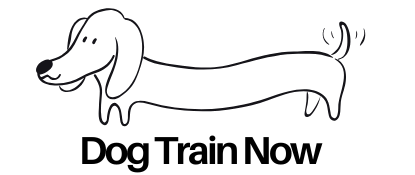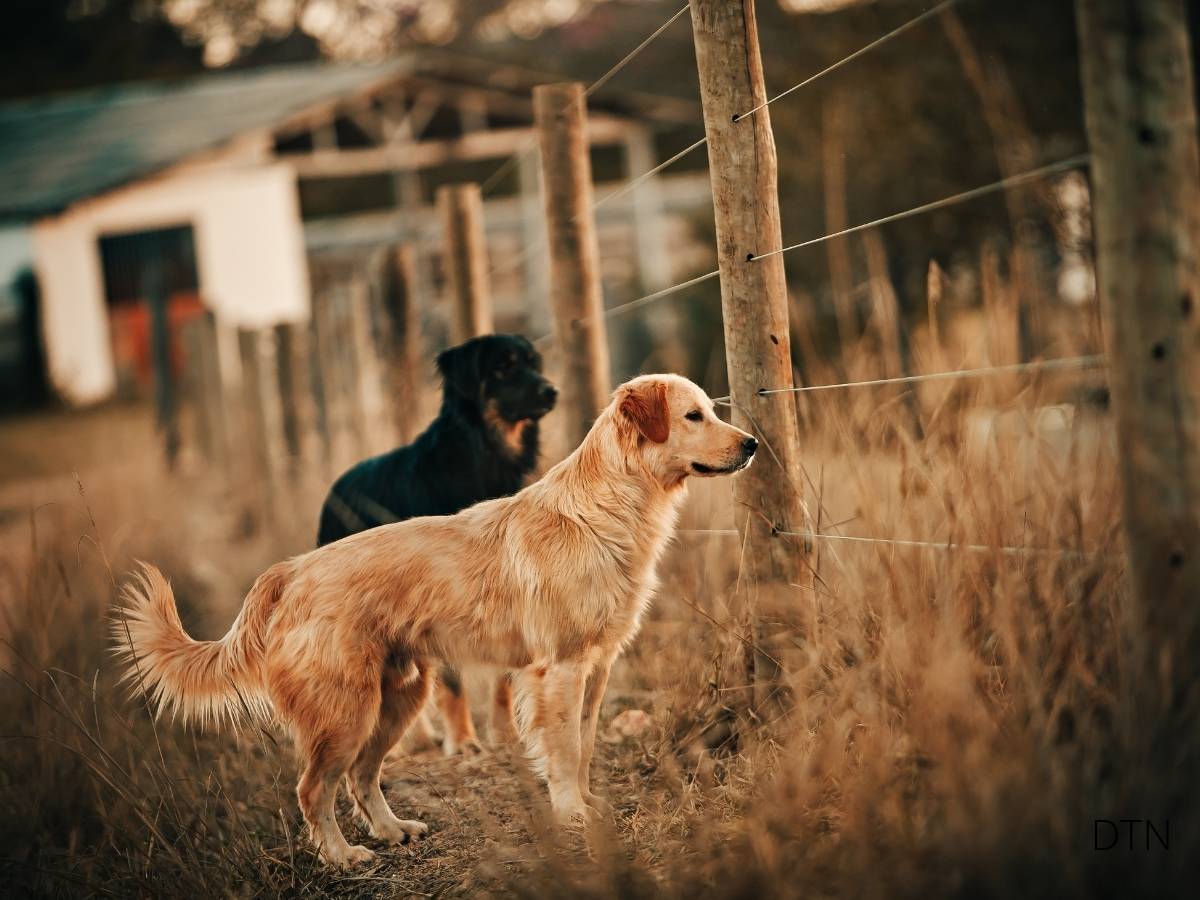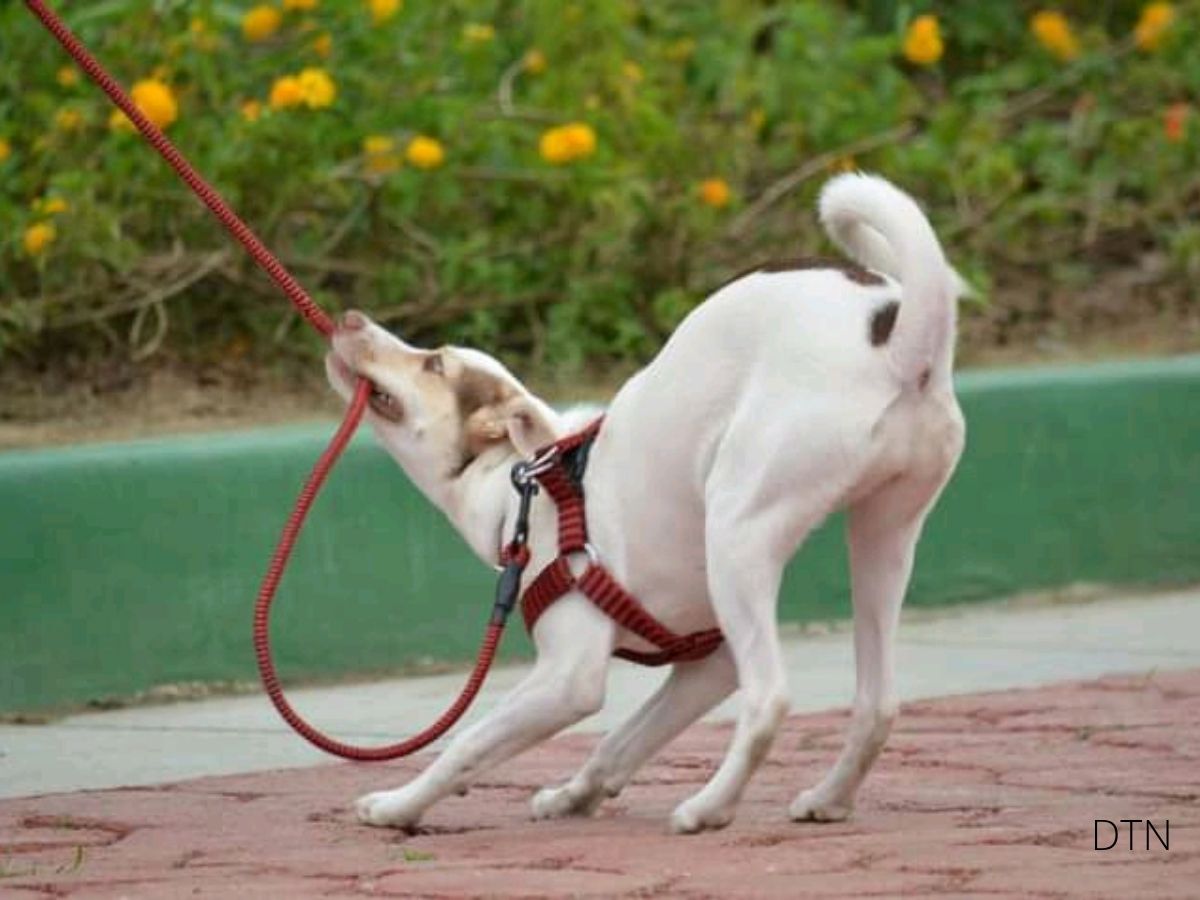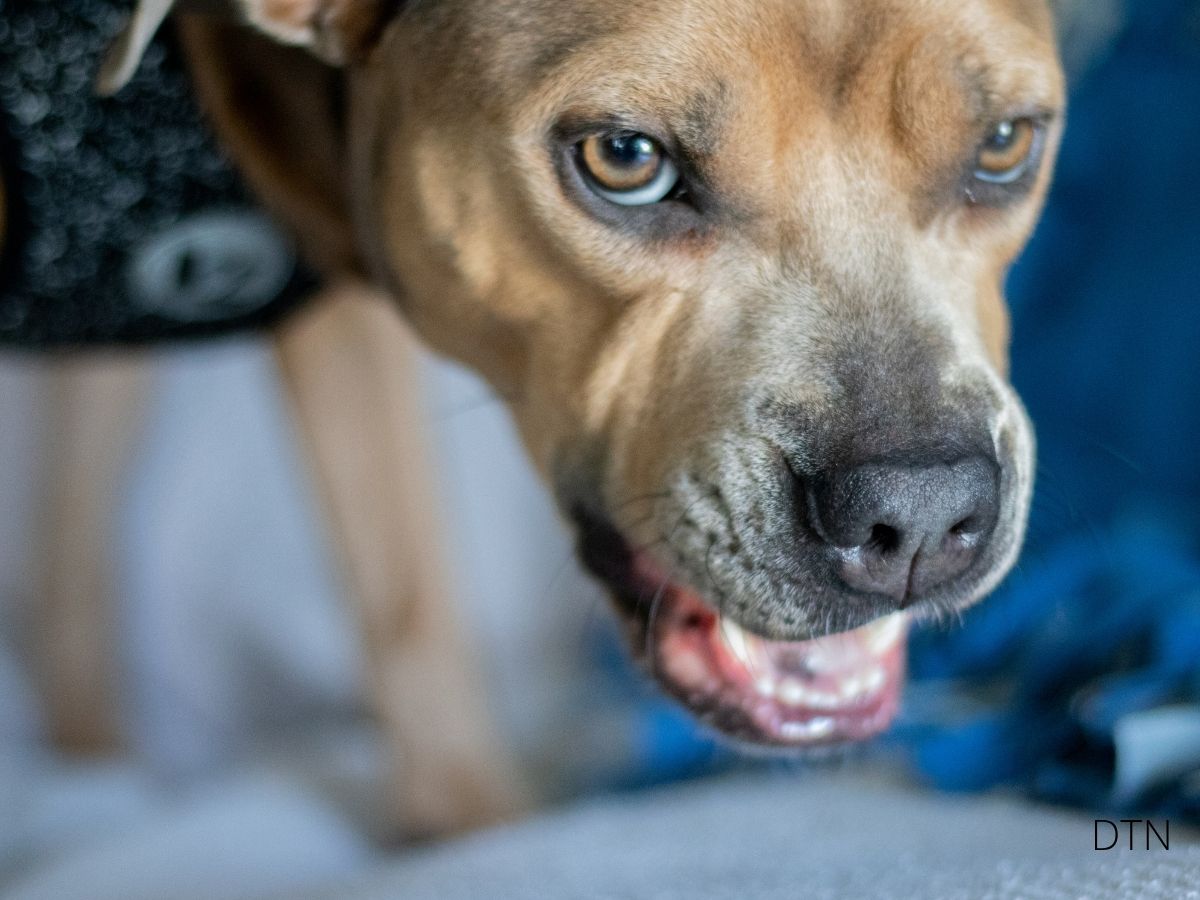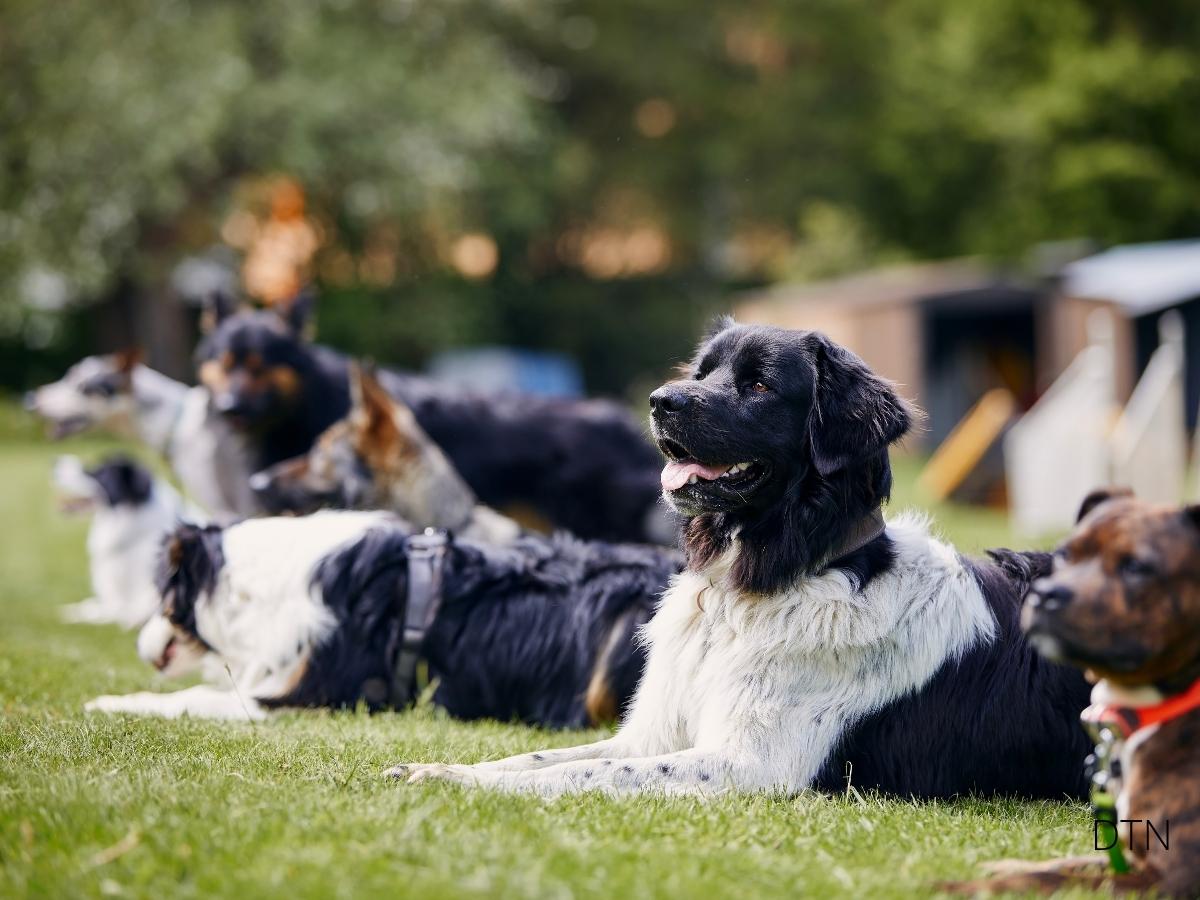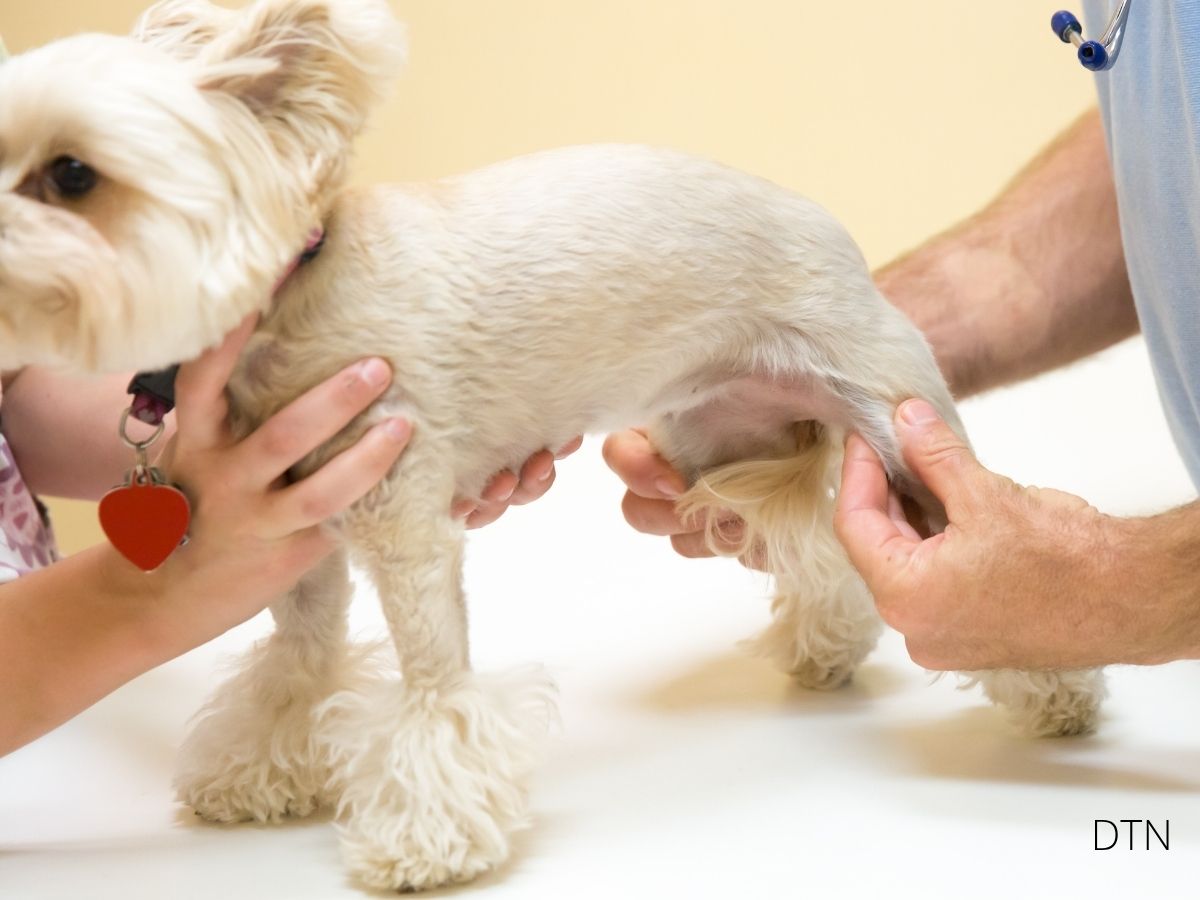Introduction: The Hidden Power in Every Moment
Did you know that your dog’s brain craves mental stimulation just as much as their body needs physical exercise? Welcome to the world of neuro-enrichment—where everyday moments become opportunities for cognitive growth, emotional balance, and deeper connection with your furry friend.
Modern neuroscience reveals something remarkable: dogs possess extraordinary neuroplasticity throughout their entire lives. This means whether you’re living with a bouncy puppy or a gentle senior, you have the power to enhance their cognitive abilities, reduce anxiety, and build resilience through simple daily activities. No expensive equipment required—just a shift in perspective that transforms routine into enrichment.
Understanding Your Dog’s Cognitive Needs
Signs Your Dog’s Brain Is Thriving vs. Struggling
A cognitively engaged dog shows clear indicators:
- Settles easily after mental activities, displaying that satisfied “good tired”
- Maintains focus during interactions rather than constantly scanning for stimulation
- Recovers quickly from surprises or mild stress
- Enjoys deep, restorative sleep with peaceful REM cycles
- Approaches new situations with curiosity rather than fear
Meanwhile, cognitive boredom manifests as:
- Excessive barking at every small sound or movement
- Destructive behaviors despite adequate physical exercise
- Escalating attention-seeking and inability to self-soothe
- Restless pacing even after long walks
- Repetitive behaviors like excessive licking or tail chasing
These aren’t character flaws—they’re signs of an understimulated brain desperately seeking engagement. The good news? Simple changes to daily routines can transform these behaviors.
The Five Pillars of Daily Neuro-Enrichment
1. Mealtime as Mental Workout
Gone are the days of simply filling a bowl. Transform feeding into cognitive adventure:
Week 1-2: Start with scatter feeding—spread kibble across grass or textured mats, activating natural foraging instincts Week 3-4: Progress to container challenges—hide food under cups or in toilet paper rolls Week 5-6: Introduce puzzle feeders requiring sliding, lifting, or spinning actions Advanced: Create “meal missions” where family members hide portions throughout the house
This progression builds problem-solving skills while making every meal mentally satisfying. Research shows that animals who work for food display reduced stress markers and improved cognitive flexibility.
2. Walks: From Exercise to Exploration
Your daily walks hold untapped cognitive potential:
Sensory sampling stops: Build in 2-minute “sniff breaks” where your dog thoroughly investigates interesting scents. This activates large portions of the canine brain, including areas associated with memory and decision-making.
Variable routes: Rotate between 4-5 different paths weekly. Include “checkpoint challenges” at landmarks—practicing different behaviors at the big tree, the blue mailbox, or the corner hydrant. This spatial complexity stimulates hippocampal activity, strengthening navigation and memory.
Environmental discrimination: Teach different behaviors for different surfaces (sit on grass, down on pavement). This builds cognitive flexibility and context awareness.
3. Play as Brain Training
Strategic play engages multiple cognitive systems:
Toy rotation: Keep only 3-4 toys accessible, switching weekly to maintain novelty. When toys return after absence, they trigger renewed interest and exploration.
Hide-and-seek variations: Take turns being hider and seeker, building working memory and impulse control. Start simple, then add complexity like multiple hiding spots or specific retrieval orders.
DIY puzzle play: Create “toy chains” where moving one toy reveals another, or build obstacle courses requiring planning to navigate. These activities engage the prefrontal cortex—your dog’s problem-solving command center.
4. Home Environment Enrichment
Transform your living space into a cognitive playground:
Create enrichment zones:
- Snuffle station with various textured mats for hiding treats
- Choice corner where your dog selects between activities
- Calm challenge area for evening puzzle work
- Window perch for supervised environmental observation
Rotating challenges: Simply rearranging furniture periodically creates new navigation puzzles. Add temporary exploration zones using cardboard boxes or blankets draped over chairs. This environmental complexity promotes spatial learning and adaptation.
5. Social Learning Opportunities
Every interaction offers cognitive potential:
Family dynamics as enrichment: Each family member can contribute differently—children play memory games, teenagers teach trick sequences, adults provide structured challenges. This variety strengthens behavioral flexibility.
Visitor protocols: Transform greetings into cognitive exercises. Teach your dog to fetch a toy when the doorbell rings, channeling excitement into purposeful action while building impulse control.
Dogs are our link to paradise.
– Milan Kundera
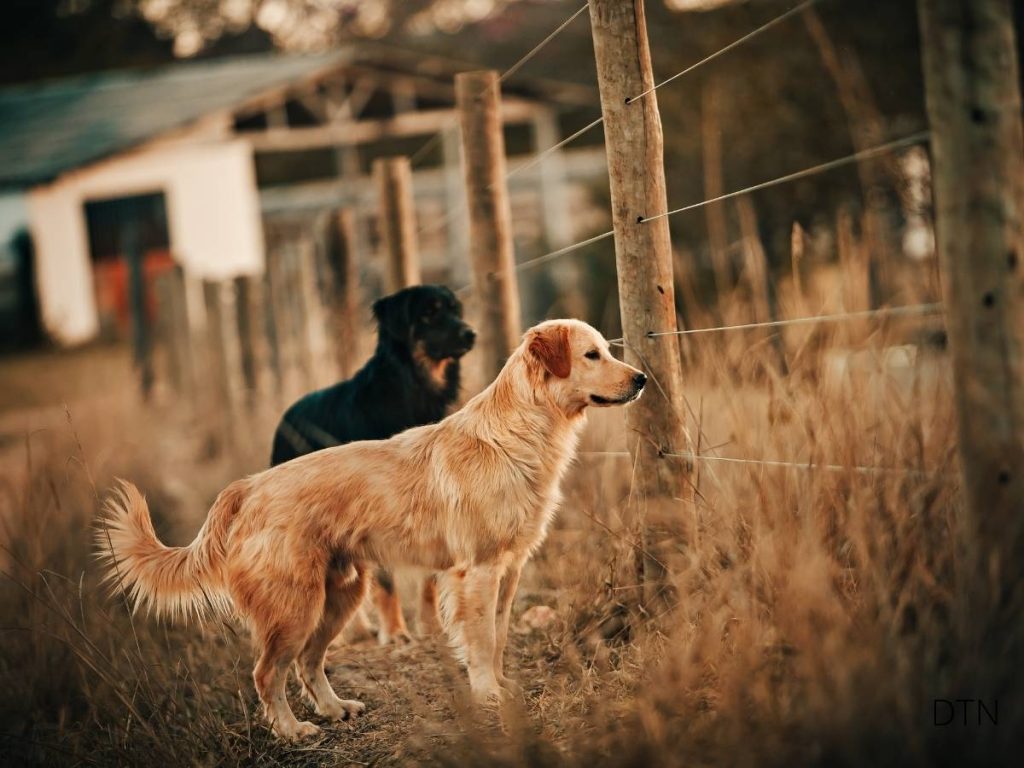
Breed-Specific Adaptations
Your dog’s genetic heritage shapes their cognitive preferences:
Herding breeds thrive on pattern recognition and movement control. Create “sorting” games where they organize toys by color, or teach complex movement sequences.
Scent hounds excel with layered olfactory challenges. Build scent trails with multiple decision points, or hide identical treats in containers that previously held different foods.
Terriers need outlet for their tenacious problem-solving. Provide “demolition boxes” filled with paper and hidden treats, or puzzles with adjustable difficulty that reward persistence.
Toy breeds shine with social cognitive games. Teach them to respond to facial expressions or become household “helpers” fetching specific items for family members.
Guardian breeds prefer thoughtful decision-making. Create territory-based enrichment where different yard areas contain different rewards, engaging their natural surveying instincts.
Emergency Enrichment Protocols
Life’s challenges require adaptive strategies:
Post-surgery recovery: Use lick mats, stationary scent work, and verbal puzzles that engage the mind without straining the body. Cognitive engagement actually supports physical healing by reducing stress hormones.
Moving house: Maintain familiar enrichment activities while gradually introducing new spaces through structured exploration games. Use scent continuity—bringing familiar smells to ease transition.
New baby arrival: Increase enrichment opportunities delivered differently—puzzle feeders during nursing, treat hunts during diaper changes. Create “baby means fun” associations.
Senior dog support: Simplify without eliminating. Replace complex puzzles with achievable challenges. Focus on scent work as vision dims. Short, frequent sessions prevent fatigue while maintaining engagement.
The Science Behind Success
When your dog solves problems or makes choices, remarkable things happen in their brain:
- Neuroplasticity activation: New neural connections form, literally reshaping brain structure
- Stress reduction: Cognitive engagement regulates cortisol, promoting emotional balance
- Dopamine release: Successful challenges trigger reward chemicals, reinforcing learning
- Cognitive reserve building: Regular enrichment protects against age-related decline
Studies show that dogs engaging in daily enrichment display 50% slower cognitive decline than non-enriched peers. It’s never too late to start—even senior dogs show significant benefits.
Your Quick-Start Action Plan
Day 1: Scatter breakfast instead of bowl feeding Day 2: Add one 2-minute sniff stop to your walk Day 3: Hide three treats for a simple search game Day 4: Teach “choose” between two hands holding treats Day 5: Create a muffin tin puzzle with tennis balls Day 6: Practice variable-duration waits before meals Day 7: Combine favorite activities from the week
Common Troubleshooting
“My dog seems frustrated with puzzles” – Start simpler. Success builds confidence. Even licking peanut butter off a plate is enrichment.
“I don’t have time for complex training” – You don’t need extra time. Transform existing routines—scatter feeding takes the same time as filling a bowl.
“My senior dog can’t do much” – Adjust, don’t eliminate. Gentle sniff games, simple choices, and familiar puzzles at easier levels maintain cognitive engagement.
Conclusion: Your Dog’s Cognitive Journey Starts Now
Neuro-enrichment isn’t about perfection—it’s about progress. Every scattered meal, every sniff stop, every simple choice you offer contributes to your dog’s cognitive wellness. You’re not adding tasks to your day; you’re enriching moments you already share.
The research is clear: cognitively enriched dogs show better emotional regulation, stronger human bonds, improved physical health, and maintained mental sharpness throughout life. But beyond science lies something equally valuable—the joy in your dog’s eyes when they solve a puzzle, their contented sigh after mental exercise, and the deepening communication between you.
Start with one small change tomorrow. Notice your dog’s response. Build gradually. Your dog’s remarkable brain is ready to grow and adapt at any age. The enriched life isn’t a destination—it’s a journey you take together, one puzzle, one sniff, one joyful discovery at a time. 🧠🐾
Remember: Your dog doesn’t need expensive equipment or formal training sessions. They need you to recognize that every moment holds potential for cognitive growth. Welcome to the enriched life—where ordinary routines become extraordinary adventures.
